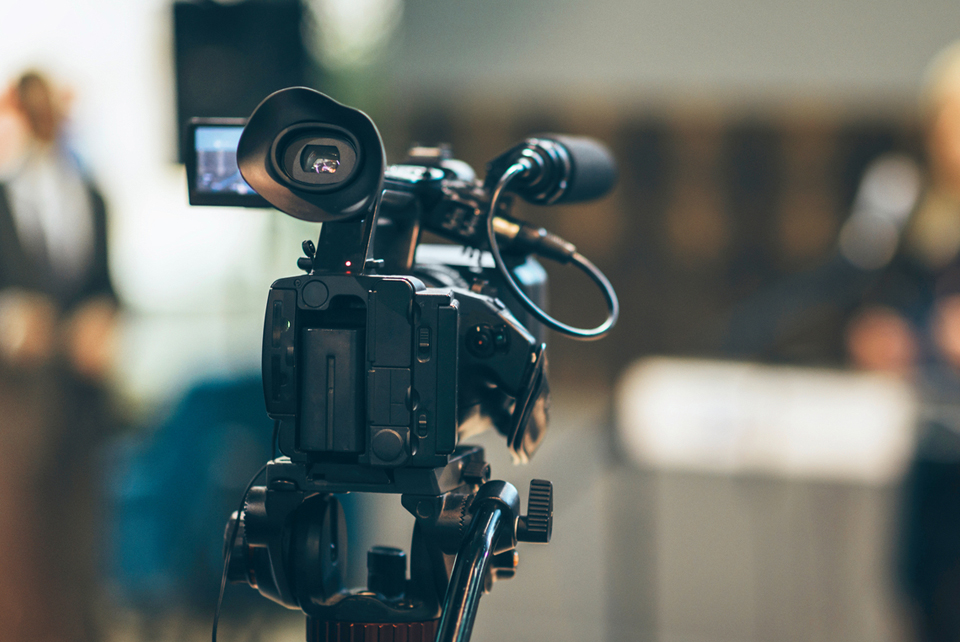2020 was definitely a different year when it came to large gatherings and one place that was affected by COVID-19 was churches. St. Mark Catholic Church in Iowa Falls, Iowa was no exception. I was initially contacted in late 2020 about helping with an upgraded live stream solution as the current solution was using a phone to do the live streaming. I spoke to Mary the office secretary about some possible solutions but nothing came to fruition at that time.
I was once again contacted in early 2021 about this project and asked to put a solution together. I started by looking at the needs of St. Mark and what they would need for an upgraded live stream solution. For this project, we scrapped the phone and decided to start from scratch. I started with audio since it required the most amount of time. In order to get clean audio, I chose to pull the audio right from the source at the sound mixer. Audio is pulled from an auxiliary output then converted to XLR to take it to the back of the church. All the cabling for this was routed through the wall then into a lighting trough so it’s out of the way and hidden.
Next, it was time to tackle what I thought might be the biggest part of this project. The church did have internet as well as Wi-Fi but none of it was close to the area we would be putting the custom-built computer. I thought about how I could get cabling to the back of the church but decided to try going wireless. I wasn’t thrilled about this idea at first because I prefer to run a wire when I can but given the short distance from the access point and where the repeater would be located, it worked like a charm.
With the networking sorted out, it was time to mount the new PTZOptics camera to the back of the balcony. Power was already there so it was just a matter of getting the video signal and networking to and from the camera. I was able to use a network port located on the Wi-Fi extender to run a cable to the back of the church just like I did with the audio cable. Once networking was where I needed it, I used a network switch to branch it out to the live stream computer and the camera.
As part of the custom computer that was built, I used a capture card from Black Magic that offered both HDMI and SDI as inputs. I decided to go with SDI as it’s a much cheaper option and the BNC ends would ensure that the cable wouldn’t come undone. Finally, with all the connections made, it was time to get the software configured. I chose to use OBS since it’s free and open source. OBS is also the most widely used solution for live streamers making it a solid choice. I was able to add the camera into OBS then create multiple scenes with a browser layer on them to control the camera over the network.
The goal of this solution was to build something that looked good, sounded good, and was easy to operate even for those without a lot of technical background.

